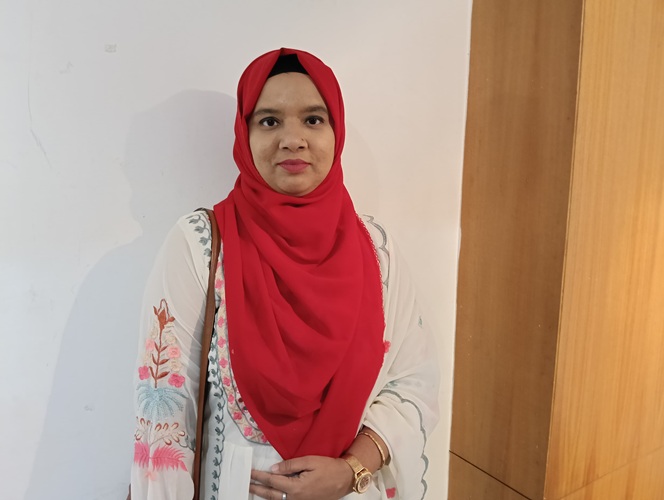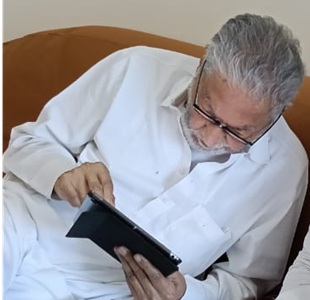
Digital video is expected to form 30 per cent of the media industry by 2018. Proliferation of broadband and portable devices setting tone for sector in MENA Region
Digitisation is setting the future of the media industry in the Middle East and North Africa as increased broadband usage leads to soaring use of portable devices, according to the newly-released fifth edition of the Arab Media Outlook.
The report, which was released on Sunday, highlights the current media landscape of 14 Arab countries, and identifies future trends that will shape the industry between 2016 and 2018.
In 2015, according to the report, the digital sector accounted for 15 per cent of the Mena’s media industry, which was valued at over $11.36 billion. In 2020, that number is expected to rise to 27 per cent. In that same time, the total size of the Mena media industry is expected to rise by 3.7 per cent to over $13.63 billion.
Mona Ghanim Al Marri, president of the Dubai Press Club, said that the findings brought into stark focus the need to find solutions that allow for “effective competition” between media outlets, and ways in which to couple digital media platforms and traditional media outlets, as well as using these platforms to maintain the position of media and develop content.
Print media – which in 2015 represented 45 per cent of the region’s media industry – is expected to decline to 31 per cent. In the Mena region, a total of 41 per cent of the average time spent on media in 2015 – 11 hours – is done online, compared to 49 per cent in the UK and 47 per cent in Australia.
Al Marri also noted the noticeable growth of the paid media sector compared to advertising sector, where spending on advertising is set to increase by 2.5 per cent annually between 2016-18, while spending on paid media is set to grow by 3.7 per cent.
Paid media, the report notes, will largely by backed by the growth of video games, which will account for over $1.14 billion in revenue in 2018, 62 per cent of which will be driven by social gaming, compared to 52 per cent in 2015. Paid TV revenue, for its part, is expected to grow 10 per cent in the same timeframe, to over $1.53 billion.
“While paid media is a synonym of ‘excellent content’, we should stop at this noticeable progress and think about what our local and Arab media should do in terms of development steps, to keep pace with the rapid changes,” Al Marri said.
Notably, digital video is expected to form 30 per cent of the media industry by 2018. Already in 2015, video accounted for an average of 71 minutes of daily time spent by 15-to-24-year-olds, compared to 51 minutes on social networks, 29 minutes on search engines and business sites, and only 14 minutes on news websites.
Dr Amina Al Rustamani, group chief executive officer of Tecom Group – of which Dubai Media City is part – noted that a careful study of the findings will be crucial in forming future media and communications strategies.
“The dynamics and trends of the media industry have always provided valuable insight into consumer behaviour and have helped shape the thinking of government and business as to what are the most effective means of communication with their citizens and customers,” she said. “Launching the Arab Media Outlook Report 2016-2018 is especially timely and relevant, against a backdrop of a paradigm shift in the media industry, and unprecedented change and innovation. This report enables us to guide our partners in forming their own strategies for growth.”
A print version of the executive summary of the report will be available during the 15th edition of the Arab Media Forum, to be held on Tuesday and Wednesday at the Dubai World Trade Centre.
(Refrence: http://www.khaleejtimes.com – bernd@khaleejtimes.com)





0 Comments